Earlier this month, Harvard University released a poll of 18- to 29-year-olds that created quite a stir. It showed that among young potential voters, the percent claiming they will definitely vote is down about 15 percentage points from 2008. Relying on the Harvard survey, a US News and World Report headline read, "Romney Could Benefit As Youth Voters Lose Enthusiasm for Obama," a National Journal headline poked, "Millennial Poll: Obama is so Yesterday," and Fox News made a point to mention the source with, "Harvard Poll: Obama Struggling With Youth Vote." These headlines fit well with the conventional storyline that young adults participated in large numbers in the "wave election" of 2008, but may not duplicate that effort in 2012. However, should we deduce from the Harvard poll that the youth vote will desert President Obama in 2012?
When considering the electoral trends for those between the ages of 18-29 over time, a different story emerges. According to the U.S. Census' current population survey, those between the ages of 18 to 29 made up a stable 21 percent of the voting age citizen population in 2000, 2004, and 2008. During these presidential elections, the national exit polls show that this age group comprised 17, 17, and 18 percent of all voters respectively, suggesting light turnout for young adults relative to other age groups in each election. The only speck of support for the massive wave of 2008 youth voters is the slight increase in this youngest age group as a percentage of all voters in 2008 (from 17 to 18 percent). A simple calculation demonstrates the hollowness of this 1 percentage point increase. If the 18-29 age group had comprised just 17 percent of all voters in 2008, then Obama would have won 53.5 percent of the two-party vote rather than 53.7 percent. It is extraordinary stability, not the conventional storyline of an enormous increase in relative participation, which best describes the relative size of young voters in the active electorate over the past three elections. Given this pattern of stability in the face of past changes in enthusiasm and the findings from Pew and Gallup that enthusiasm is down for registered voters as a whole this election cycle, it seems likely that the relative size of 18- to 29-year-olds in the 2012 active electorate will be about the same as their decade-long average of 17 percent.
Although those between the ages of 18-29 comprised nearly the identical proportion of voters over the past three presidential elections, their relative support for the Democratic presidential candidates varied considerably. The 18-29 age group's two-party support for the Democratic presidential candidate, relative to all voters, grew in each of the last three presidential elections. Compared to all voters, young voters gave Gore 1 percentage point more support (51 versus 50), gave Kerry 6 points more support (54 versus 48) and gave Obama a whopping 14 points more support (68 versus 54). Extraordinarily, this 14 point gap in 2008 doubles the next highest youth gap observed over the past three decades, when in 1980 the youth gave President Carter nearly 7 percentage points more support than the overall active electorate (50 versus 43). Put in historical perspective then, what was remarkable about 2008 was not the relative voter turnout from young voters, which was essentially flat, but instead their relative degree of support for Obama over McCain.
How does the support from 18- to 29-year-olds stack up this year? The Harvard poll shows that of those between the ages of 18-29 that claim they will definitely vote for one of the two main candidates, just over 60 percent preferred Obama to Romney. If this rate of support holds on Election Day, then the youth vote will be about 10 points higher than the overall electorate, which should evenly split the two-party vote between the major party candidates. Young adults' relative two-party support for the Democratic presidential candidate in 2012 looks closer to 2008 than any of the recent elections and will rank as the second highest youth vote for a Democratic presidential candidate since 1980. Perhaps Obama is "so 2008" after all.
The information about young voters in this article was drawn from dimpledchad.info, which is a new website launched by the authors and Jeffrey Ladewig and Clifford Vickrey who are researchers at the University of Connecticut and University of Rhode Island. Using information derived from U.S. Census surveys and national exit polls, Dimpled Chad displays the behavior of a wide range of specialized demographic groups in federal elections spanning as far back as 1972.